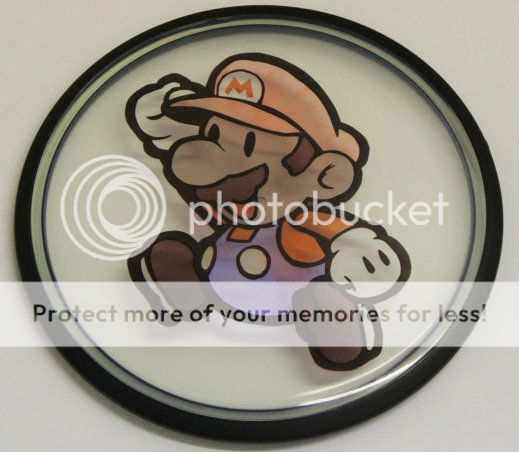We all know the internet, full of people telling you what your doing wrong! This thread should take off!
I tried my first multi-color dye (2nd overall). I prepped my vinyl (oracel 631) and placed it on my disc. Every cut had already been done, so all I had to do was dip, remove, dip, remove another section etc.
Well, the final result (which I'll post later) looks sweet (the colors came out awesome), but not only did I have bleeds on the edges (it's my 2nd dye, i'll get better at that), I had bleeds that seeped through the pre-cut portions of the vinyl. I dipped black first, then for the rest of the dye, anywhere I had a color to color transition, there was black, where I didn't intend.
Thoughts? Am I doing something in my process wrong? I can't play dg right now, so I gotta figure this dyeing thing out!
I tried my first multi-color dye (2nd overall). I prepped my vinyl (oracel 631) and placed it on my disc. Every cut had already been done, so all I had to do was dip, remove, dip, remove another section etc.
Well, the final result (which I'll post later) looks sweet (the colors came out awesome), but not only did I have bleeds on the edges (it's my 2nd dye, i'll get better at that), I had bleeds that seeped through the pre-cut portions of the vinyl. I dipped black first, then for the rest of the dye, anywhere I had a color to color transition, there was black, where I didn't intend.
Thoughts? Am I doing something in my process wrong? I can't play dg right now, so I gotta figure this dyeing thing out!
